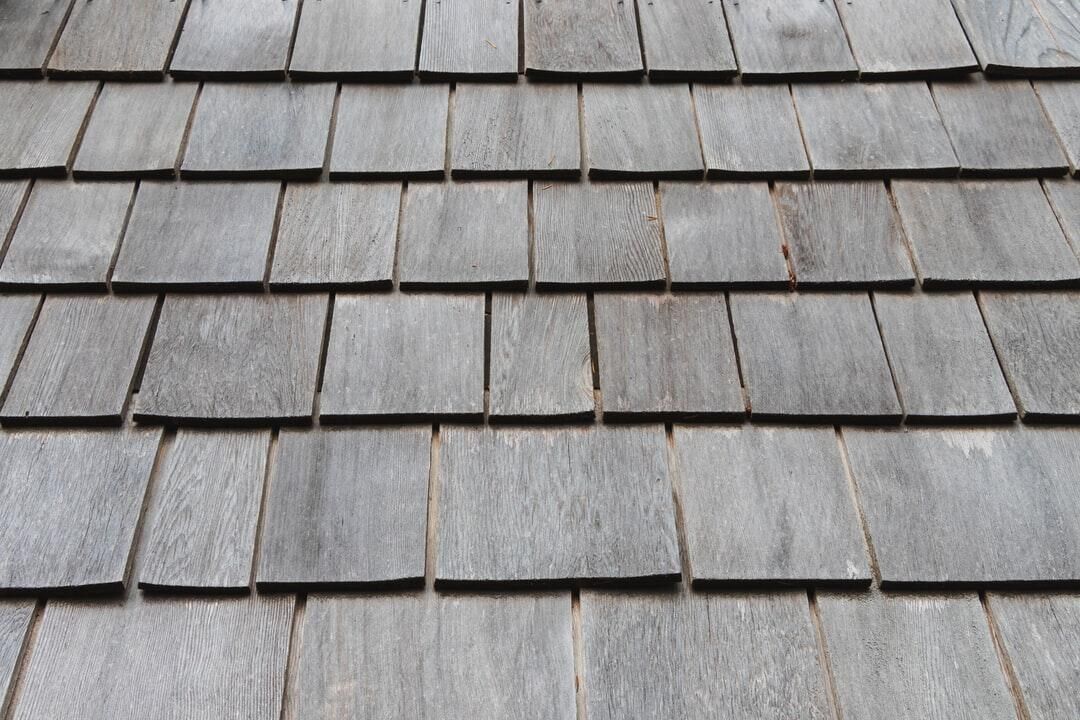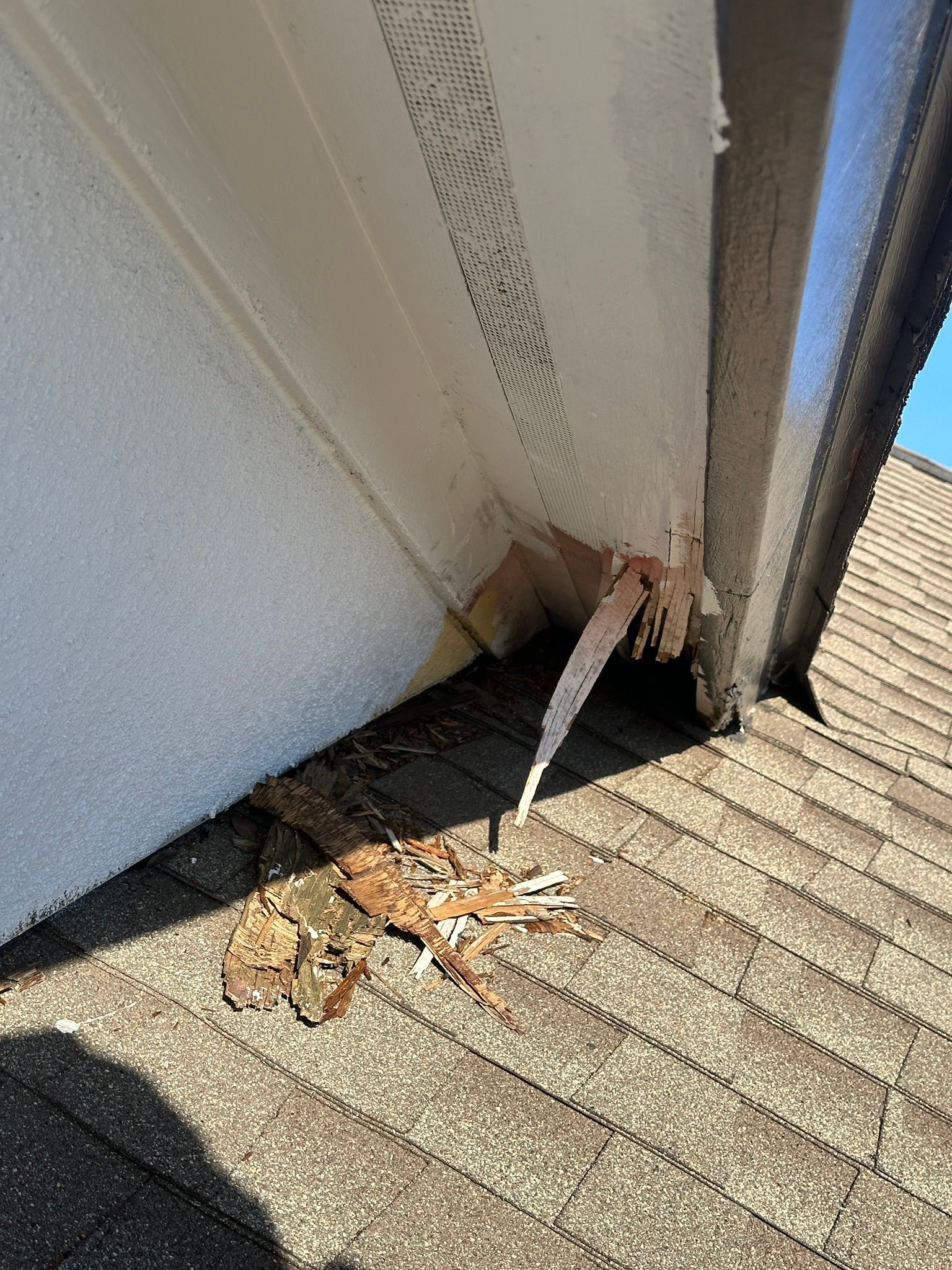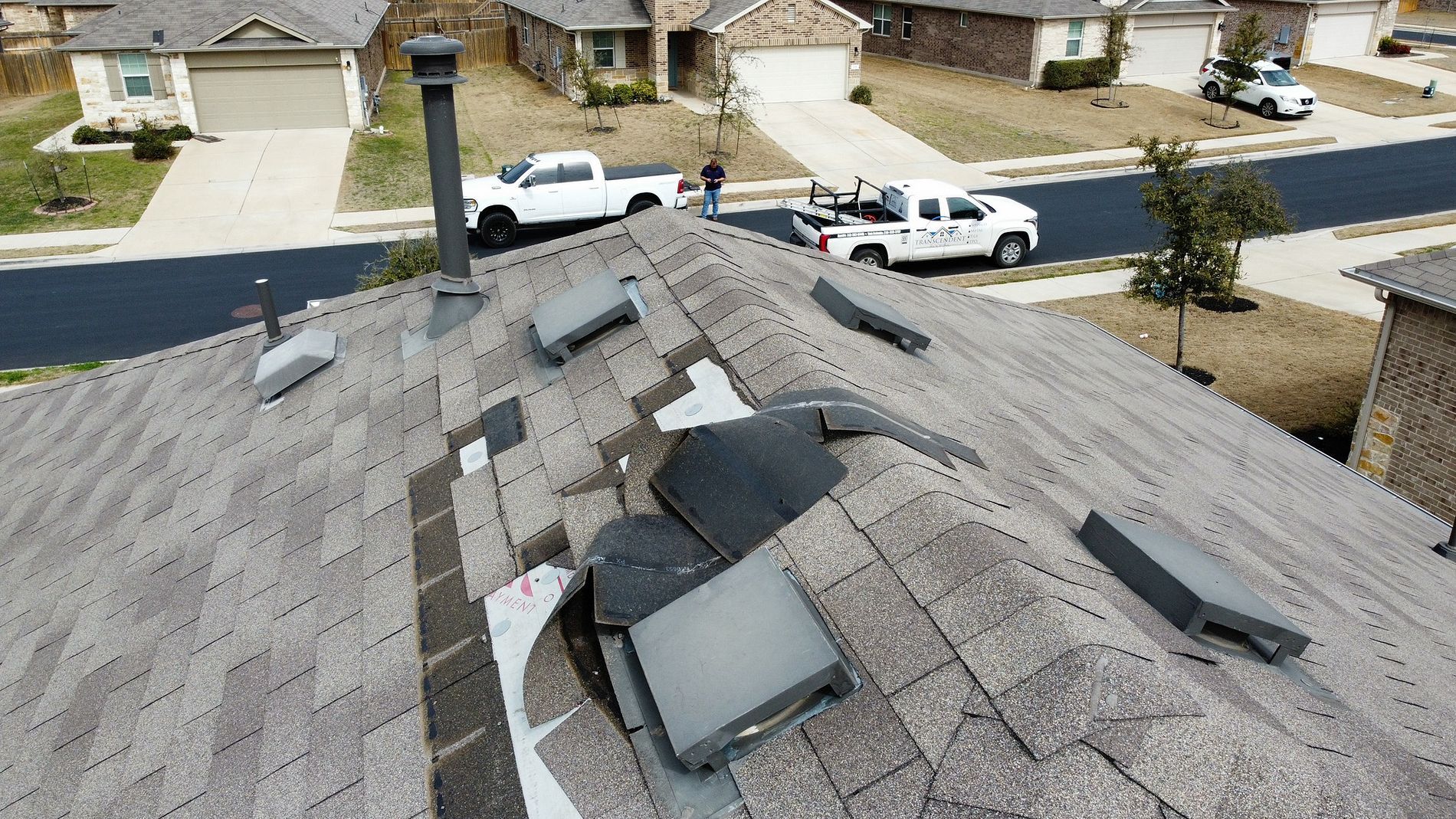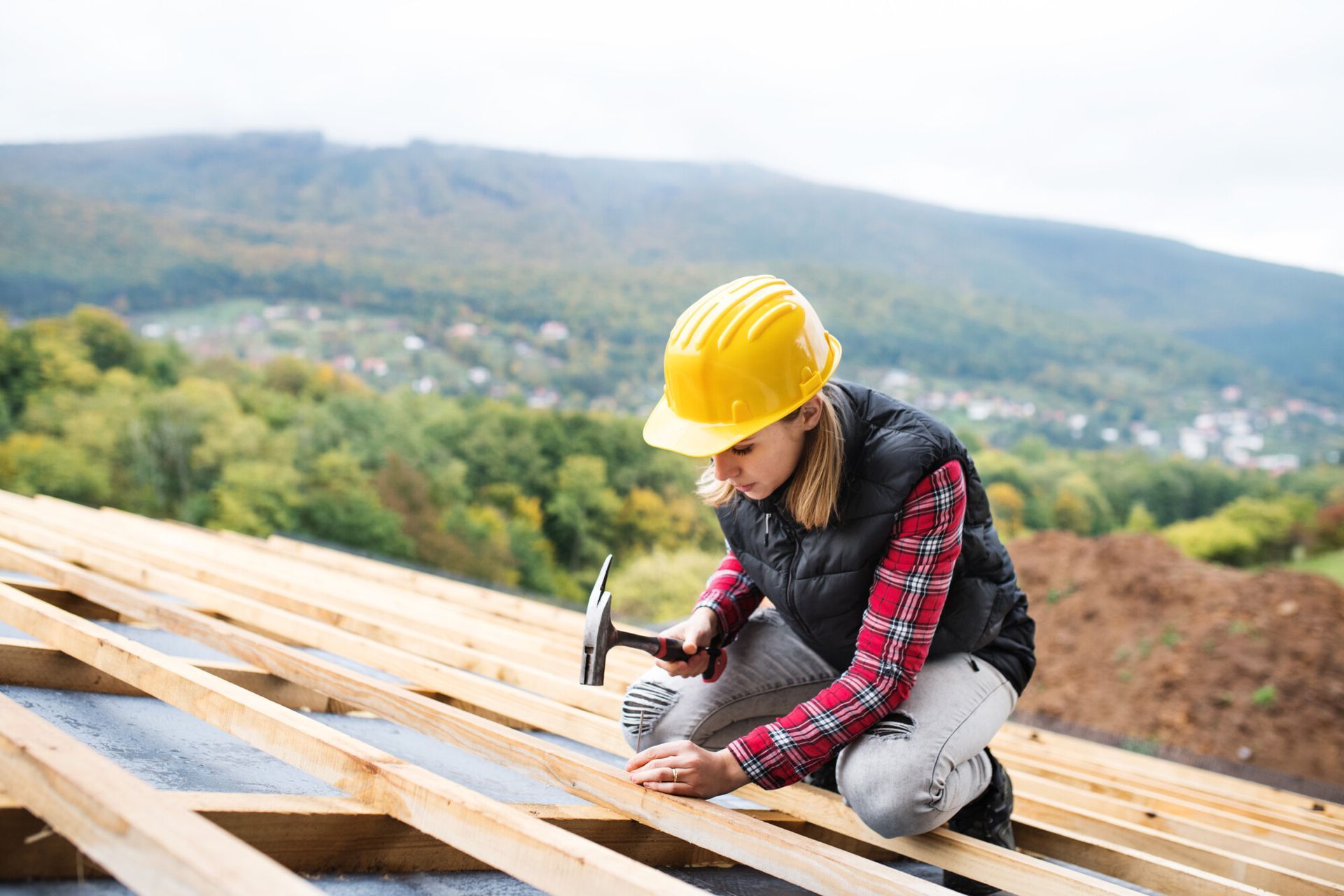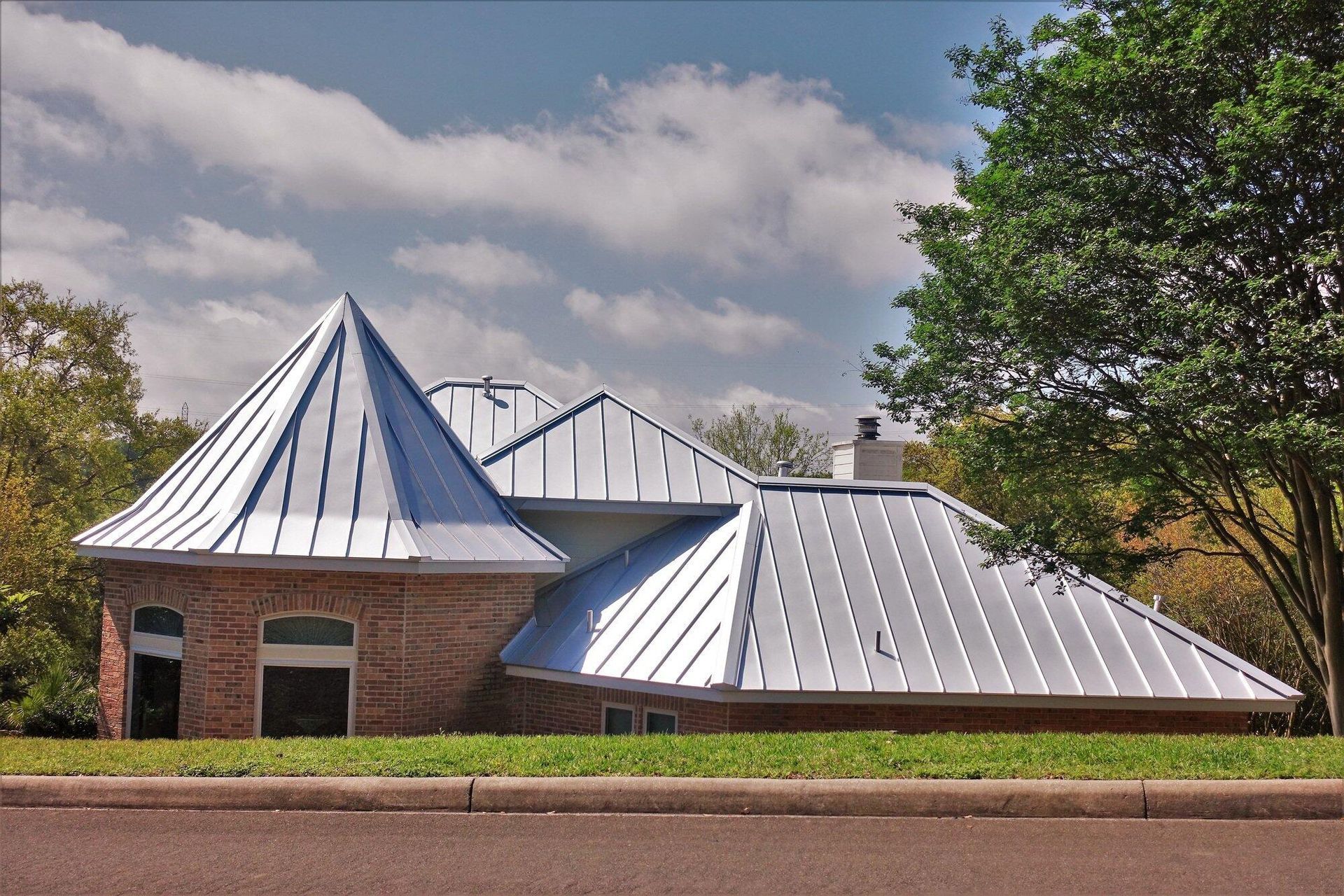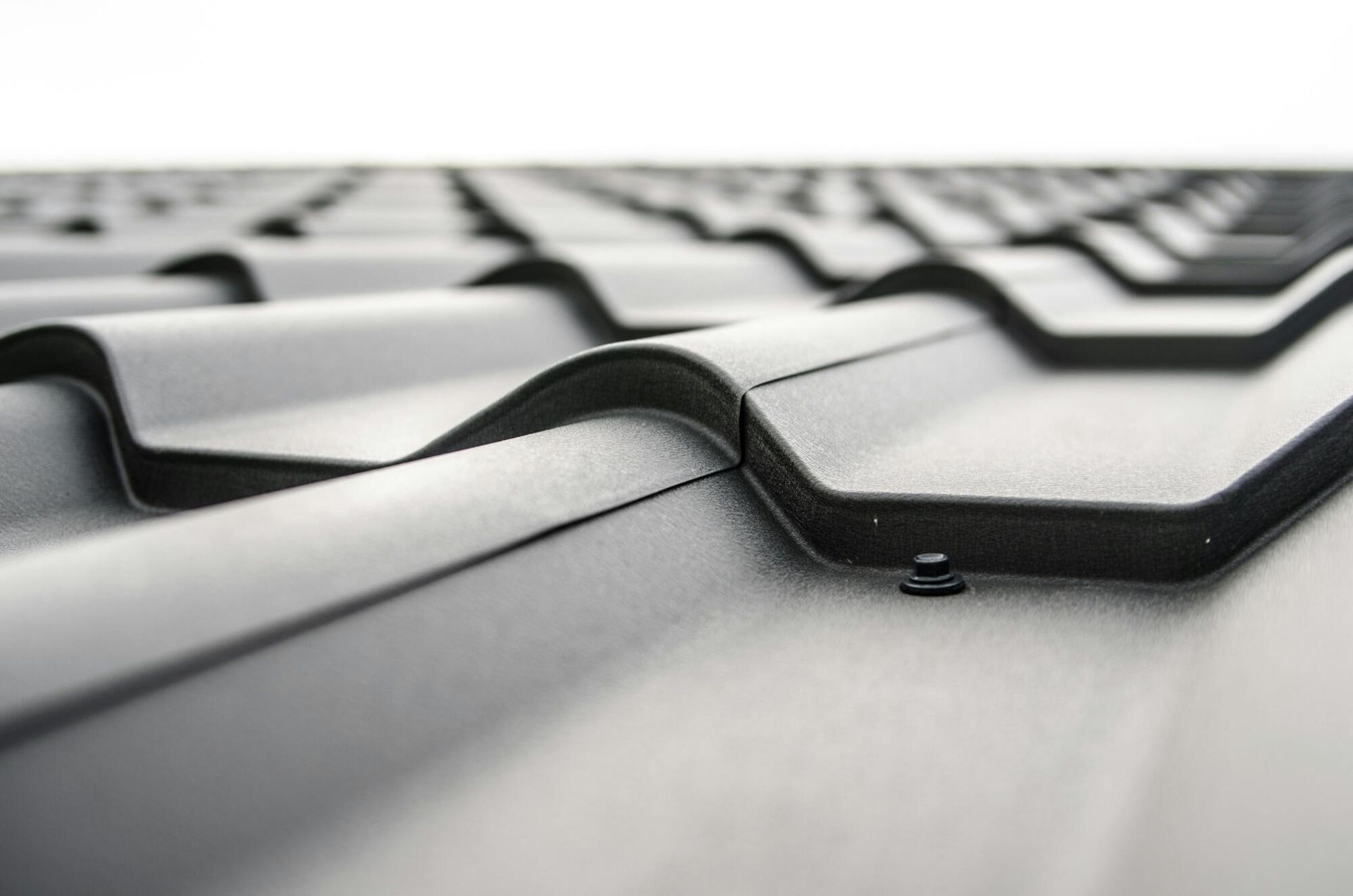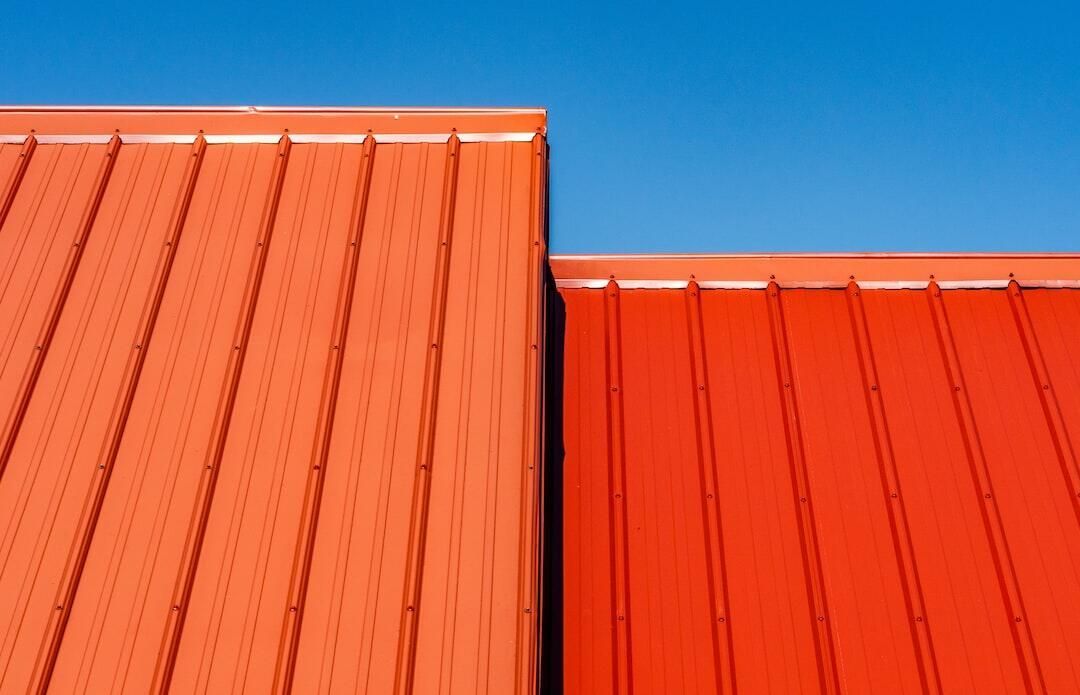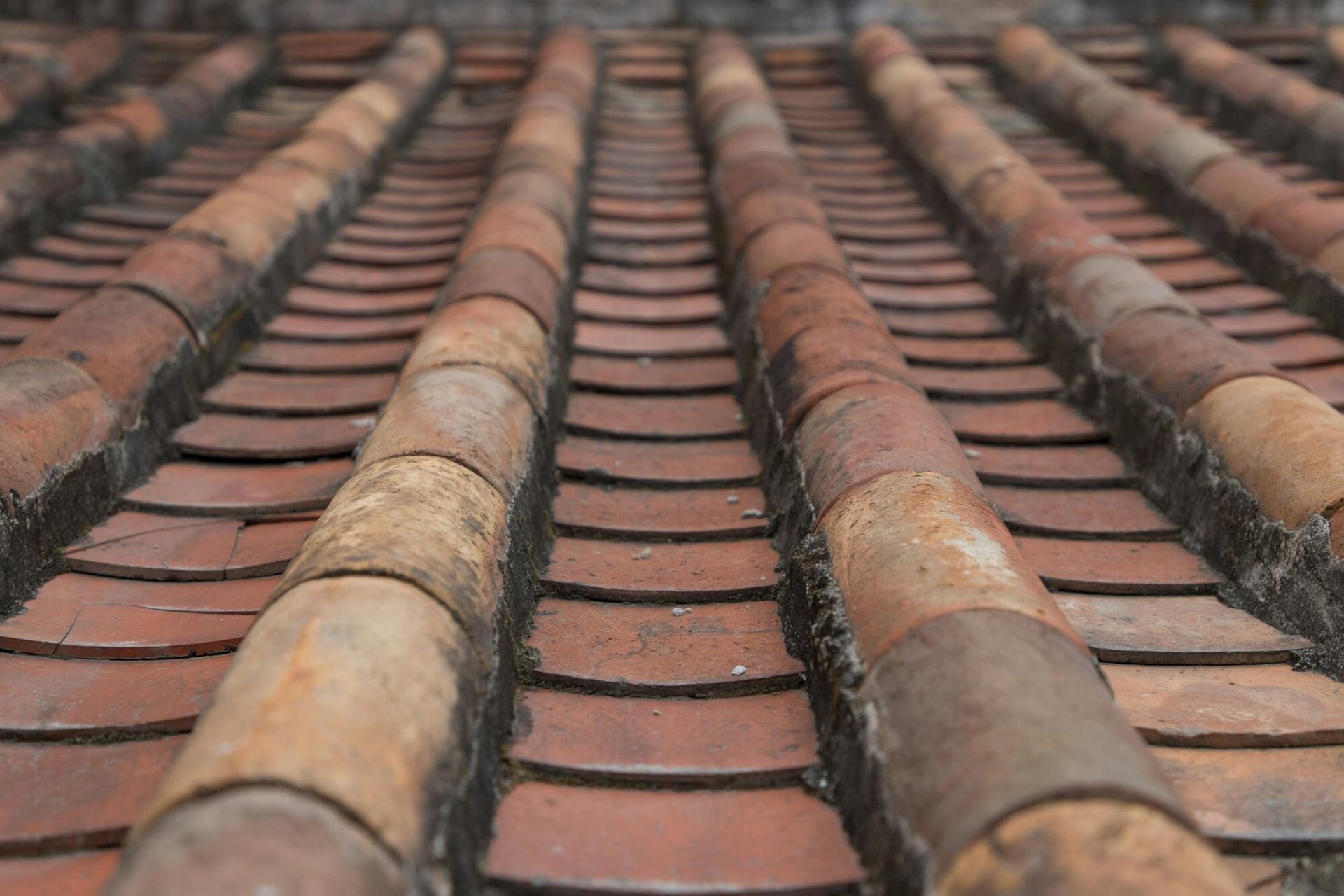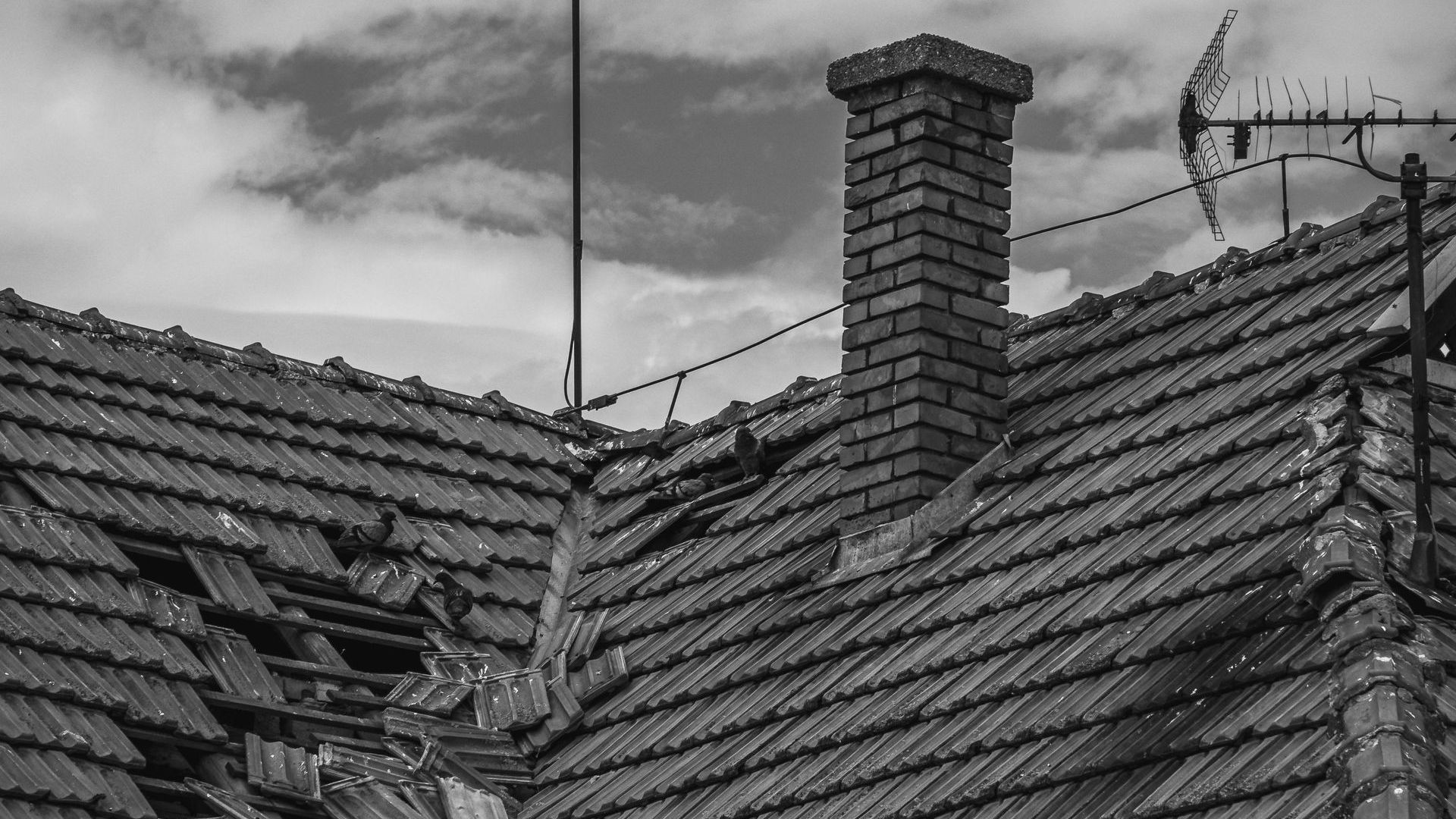The Importance of Attic Ventilation in Roofing
When it comes to maintaining a healthy and efficient home, attic ventilation is often overlooked. However, it plays a crucial role in the overall performance and longevity of your roofing system. In this blog post, we'll explore the importance of attic ventilation and how it benefits your roofing system.

1. Temperature Regulation
Attic ventilation helps regulate the temperature in your attic, directly affecting the temperature inside your home. During the hot summer, the temperature in an unventilated attic can soar, causing your air conditioning system to work overtime to keep your home cool. Proper ventilation allows hot air to escape, reducing the strain on your HVAC system and lowering energy costs.
2. Moisture Control
Moisture buildup in your attic can lead to many problems, including mold growth, wood rot, and damage to insulation. In colder months, warm air from your living space can rise into the attic, condensing on cold surfaces and causing moisture problems. Proper ventilation helps expel this warm, moist air, preventing condensation and maintaining a dry and healthy attic environment.
3. Prolonging Roof Life
Excessive heat and moisture can accelerate the deterioration of your roofing materials. Shingles can warp, crack, or deteriorate prematurely when exposed to prolonged heat. Similarly, moisture can cause the roof deck to weaken and compromise the structural integrity of your roof. Proper attic ventilation helps maintain a stable environment, extending the lifespan of your roofing system.
4. Energy Efficiency
Ventilation helps improve your home's overall energy efficiency by reducing the temperature in your attic. With a cooler attic, your air conditioning system doesn't have to work as hard to keep your home comfortable. This lowers your energy bills and reduces your carbon footprint, making your home more environmentally friendly.
5. Preventing Ice Dams
In colder climates, improper attic ventilation can contribute to the formation of ice dams. Ice dams occur when heat escapes from the attic, melting snow on the roof. The melted snow then refreezes at the roof's edge, creating a barrier that prevents proper drainage and can lead to water damage. Proper ventilation helps maintain a consistent roof temperature, preventing the formation of ice dams and protecting your home from water infiltration.
6. Enhancing Indoor Air Quality
A well-ventilated attic can improve the overall indoor air quality of your home. Proper ventilation ensures a healthier living environment for you and your family by expelling stale, moist air and reducing the buildup of pollutants. This is especially important for individuals with allergies or respiratory issues.
How to Achieve Proper Attic Ventilation
Proper attic ventilation involves a combination of intake and exhaust vents. Intake vents, such as soffit vents, allow fresh air to enter the attic, while exhaust vents, like ridge vents or gable vents, allow hot and moist air to escape. Striking the right balance between intake and exhaust is essential to ensure efficient airflow. Remember, it's not a good idea to combine different forms of ventilation for your attic; this can result in inefficient ventilation and cause more harm than good.
Conclusion
Attic ventilation is a critical component of a well-functioning roofing system. It helps regulate temperature, control moisture, prolong roof life, improve energy efficiency, prevent ice dams, and enhance indoor air quality. By investing in proper attic ventilation, you're not only protecting your roof but also ensuring a healthier and more comfortable living environment for your family.
